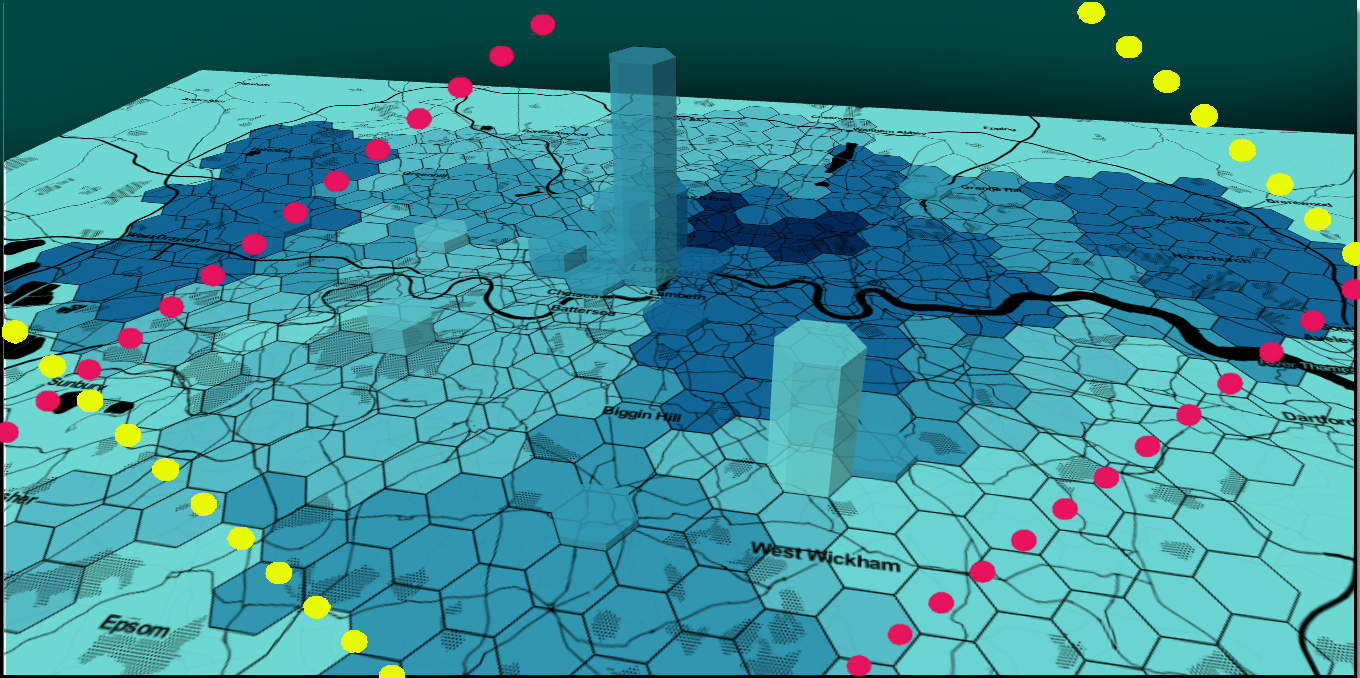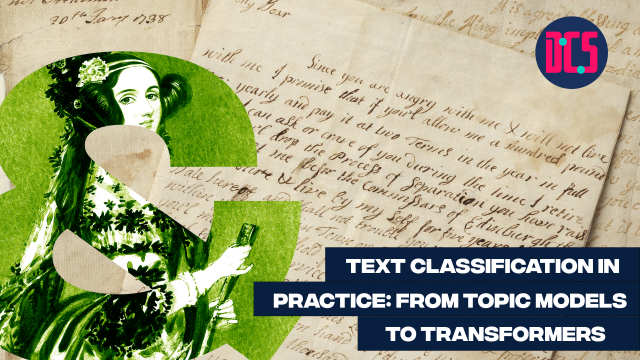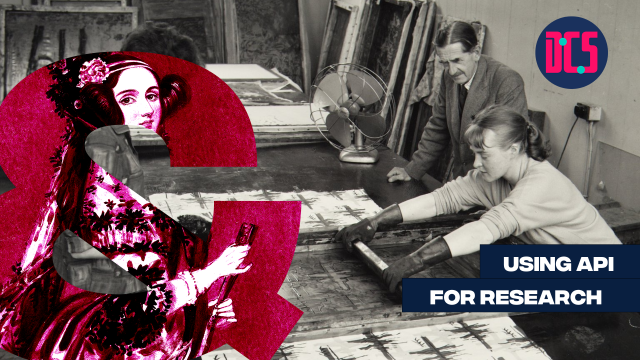How to Generate Better Spatial Data Visualisation

ONLINE
This three-class course will cover the basics of producing good spatial data visualisation.
Attendees will be guided step by step on how to produce effective map visualisations with QGIS. During the three meetings we are going to cover the following topics:
Getting Started:
1. Brief familiarization with QGIS, installing plugins and web base maps.
2. A review of cartographic and visualisation principles to be reinforced with each exercise.
Visualising Point Data: Bringing in a point data file from excel and exploring more advanced cartographic styles.
1. Proportional Symbols
2. Heat Maps (turning points to raster surfaces)
a. Basic for visualisation
b. Advanced for analysis
3. Turning points into choropleths
a. Counting points within boundaries and grids
b. Normalising and Visualising the results
Visualising Area Data:
1. Hexmaps / Cartograms
2. Dot Density Maps
3. Prism Maps (3D)
Temporal Mapping: Using QGIS’ temporal controller to show a change in data.
1. Animating Points
2. Animating Heat maps
This is an intermediate-level course. Intermediate sessions explore specific aspects of the method (libraries, tools etc.) and offer a more in-depth understanding of the course topics, without introducing the basics. Some knowledge on geographical information systems is required to be able to follow the content.
Those who have registered to take part will receive an email with full details and a link to join the session in advance of the start time.
After taking part in this event, you may decide that you need some further help in applying what you have learnt to your research. If so, you can book a Data Surgery meeting with one of our training fellows.
More details about Data Surgeries.
If you’re new to this training event format, or to CDCS training events in general, read more on what to expect from CDCS training. Here you will also find details of our cancellation and no-show policy, which applies to this event.
If you're interested in other training on geographical data analysis, have a look at the following:
- Analysing Geospatial Data with R
- How to Create a Webgis
- Silent Disco: Geocoding Historical Data with QGIS
- Analysing Spatial Dynamics with GIS and R












